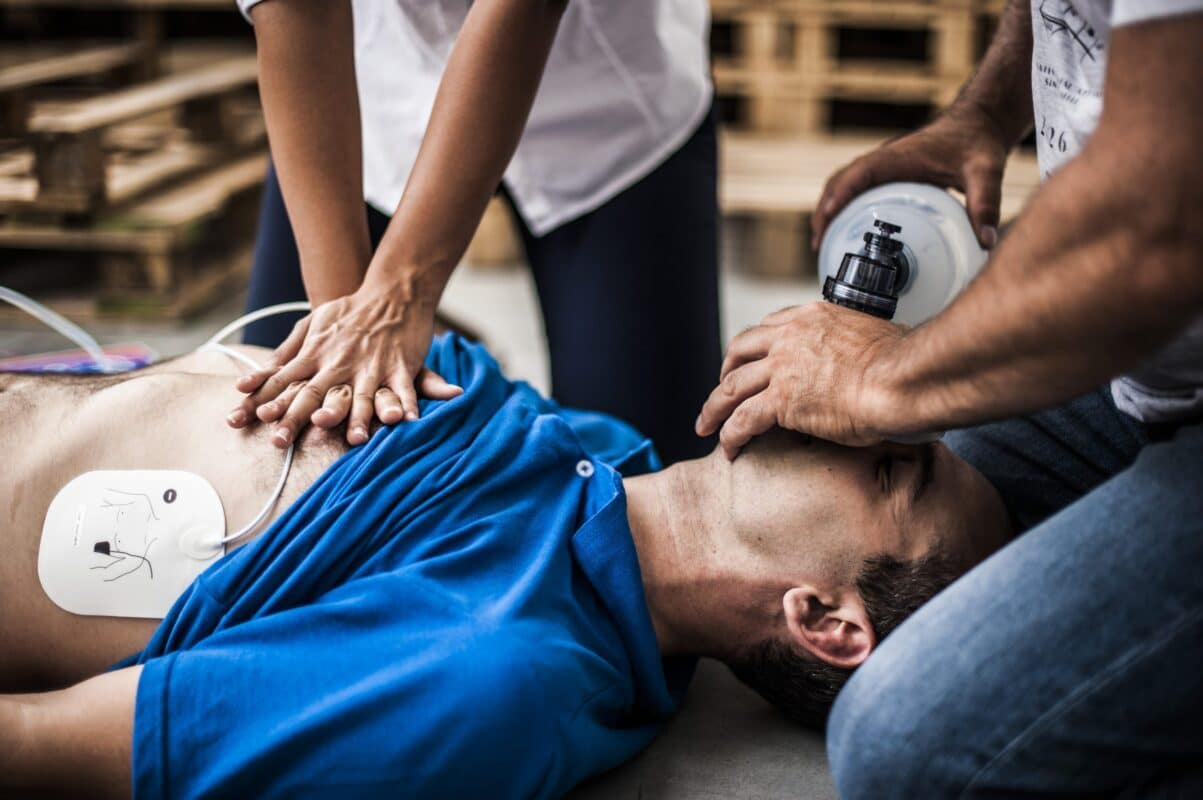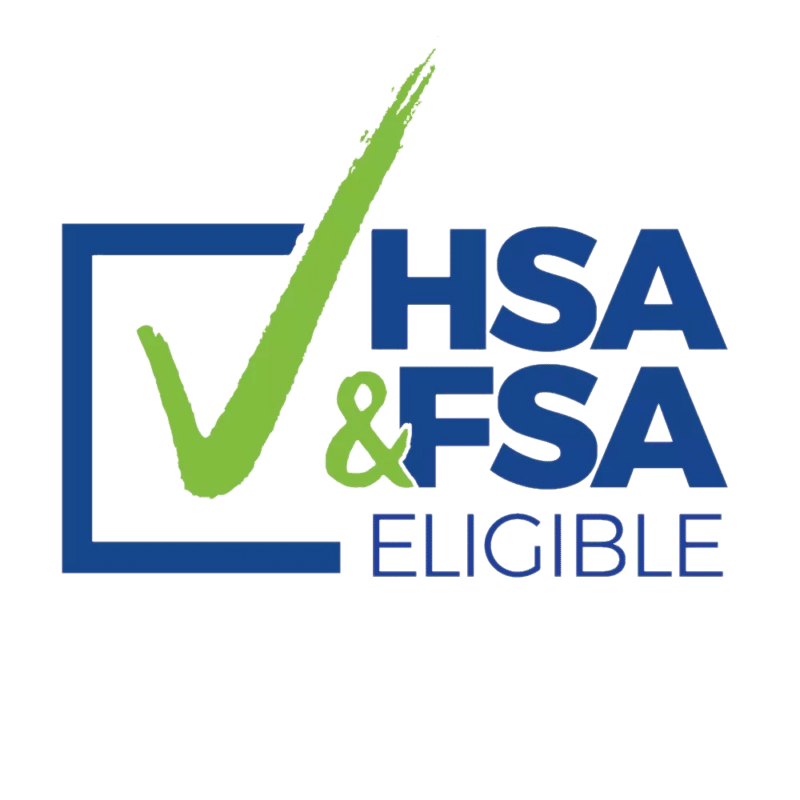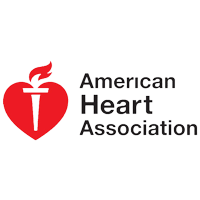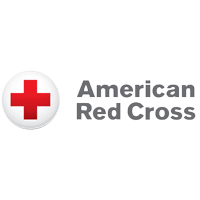No products in the cart.
AED's
What are AED and CPR, and Why are They Important?
Cardiopulmonary Resuscitation (CPR) and Automated External Defibrillators (AEDs) are two life-saving techniques that have become crucial in emergency medical response. Understanding their roles and importance can help save lives in cardiac arrest situations.
This blog will delve into the details of AED and CPR, their effectiveness, and why they are essential in modern healthcare.
What is CPR?
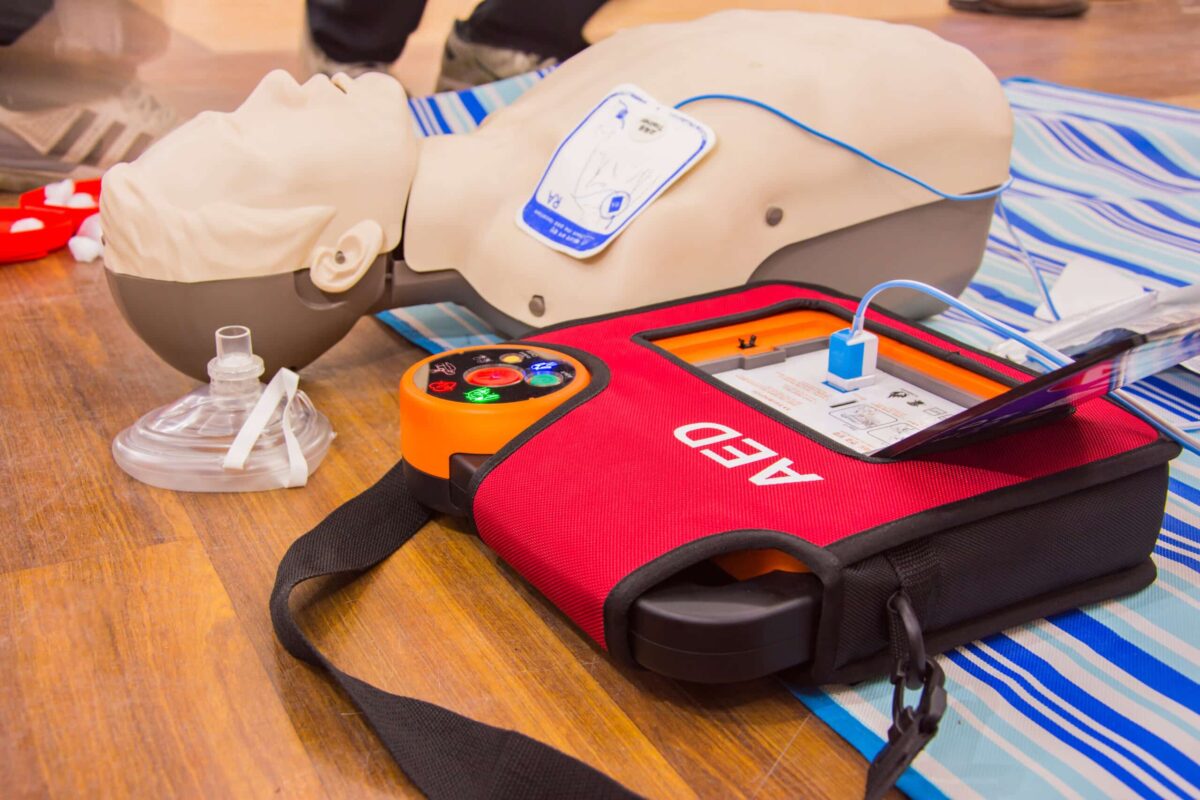
CPR, or cardiopulmonary resuscitation, is a lifesaving technique used to restore normal breathing and circulation in a person whose heart has stopped beating. It is a critical intervention that can help keep oxygen flowing in and out of the lungs and keep oxygenated blood flowing throughout the body until advanced medical help arrives.
The process of CPR involves a combination of chest compressions and rescue breaths. Chest compressions help pump blood through the body, while rescue breaths provide oxygen to the lungs. When performed correctly, CPR can help maintain blood flow to vital organs, such as the brain and heart, until the heart can be restarted or other advanced medical care can be provided.
What is an AED?

An AED, or Automated External Defibrillator, is a portable device designed to treat cardiac arrest by delivering an electric shock to the heart. This shock can help restore a normal heart rhythm and improve the chances of survival. AEDs are designed for use by laypeople and are easy to operate, making them a vital tool in emergency situations.
AEDs are equipped with advanced technology that can detect cardiac arrhythmias and deliver an electric shock to restore a normal heart rhythm. They are designed to be user-friendly, with clear instructions and voice prompts that guide the user through the process of using the device. AEDs are often found in public places such as schools, offices, and public buildings, making them readily available in case of an emergency.
How Do They Work?
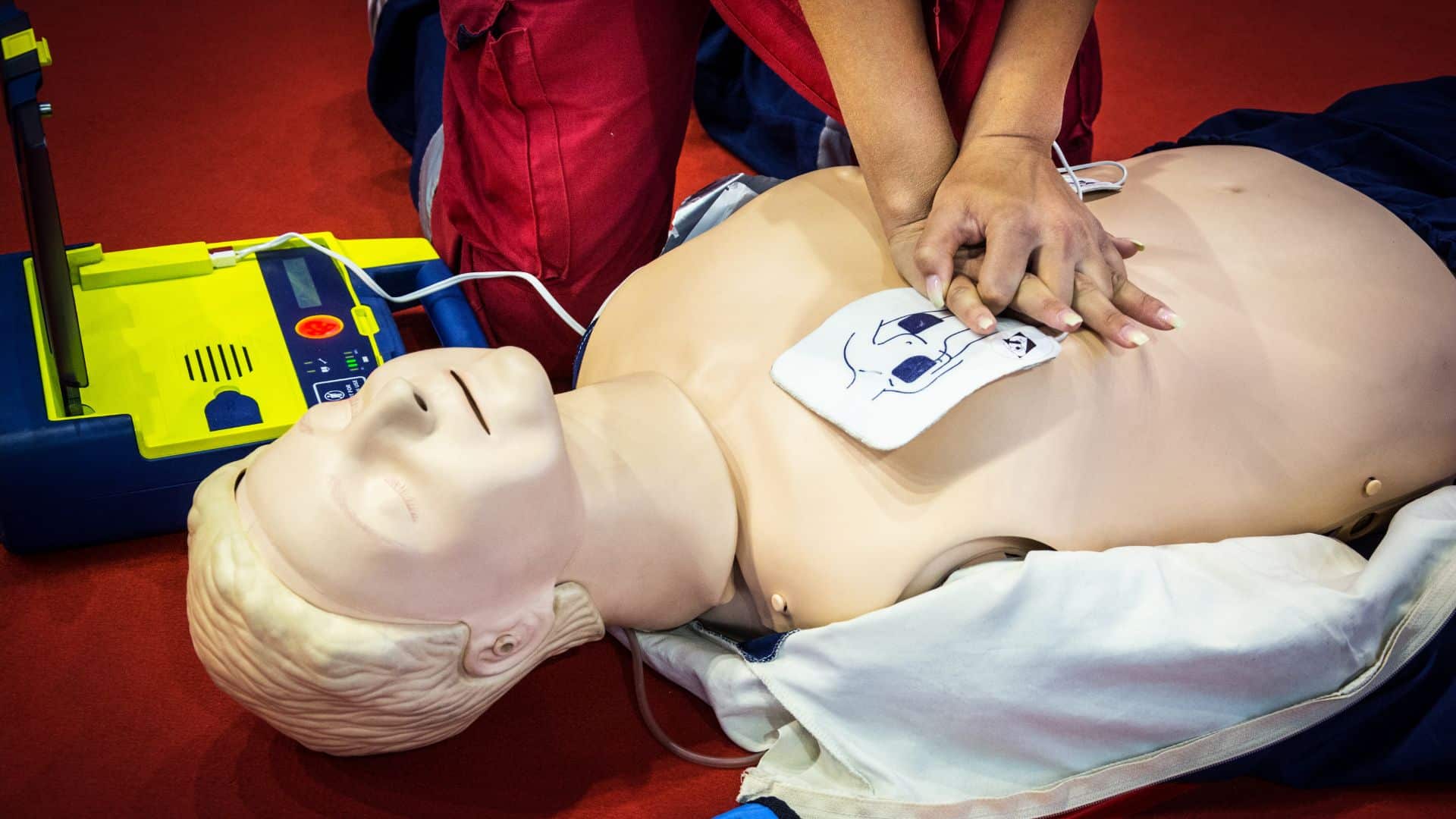
CPR:
CPR involves a combination of chest compressions and rescue breaths. The goal is to keep the blood flowing and oxygenated until professional medical help arrives. The American Heart Association recommends a compression-to-ventilation ratio of 30:2 for adults and 2:30 for infants.
AEDs:
AEDs use advanced technology to detect cardiac arrhythmias and deliver an electric shock to restore a normal heart rhythm. They are designed to be used by laypeople and are often found in public places such as schools, offices, and public buildings.
Importance of CPR and AEDs
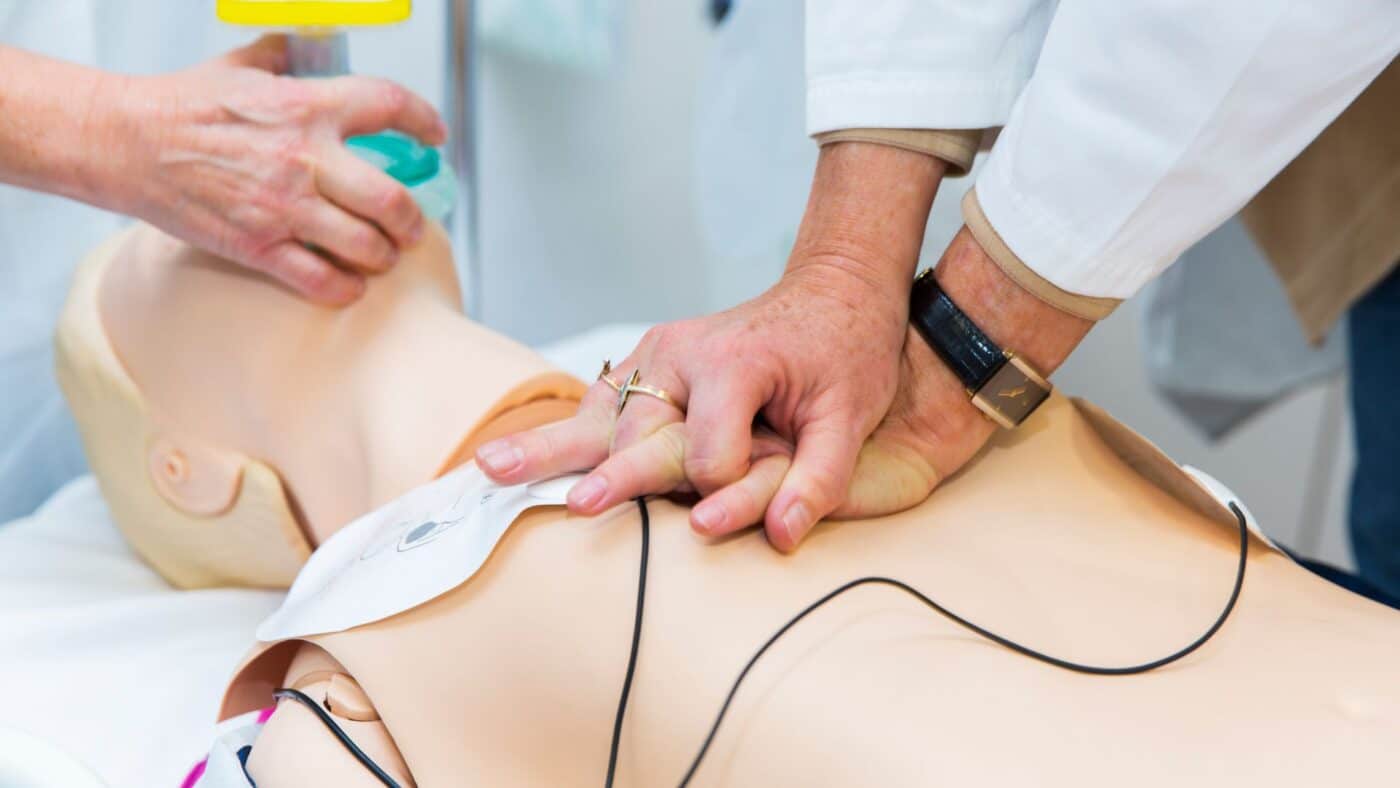
Saving Lives
AED and CPR are crucial in saving lives during cardiac arrest. Cardiac arrest occurs when the heart stops beating, often due to a heart attack or other serious medical conditions. Without immediate intervention, the chances of survival are low. CPR can keep the person alive until medical professionals arrive, while an AED can deliver a shock to restore a normal heart rhythm.
Increased Survival Rates
Research has shown that early defibrillation using AEDs significantly improves the survival rates of sudden cardiac arrest victims. In fact, every minute that goes by without defibrillation reduces a person’s chances of survival by 10%. This highlights the importance of quick and effective intervention using both AED and CPR.
Community Preparedness
Incorporating AED and CPR training into community programs can significantly enhance public preparedness for cardiac emergencies. This can be achieved through public access defibrillator (PAD) programs, which provide training for potential responders. These programs can reduce the high death toll from cardiac arrests by ensuring that bystanders are equipped to perform CPR and use AEDs effectively.
Training and Certification
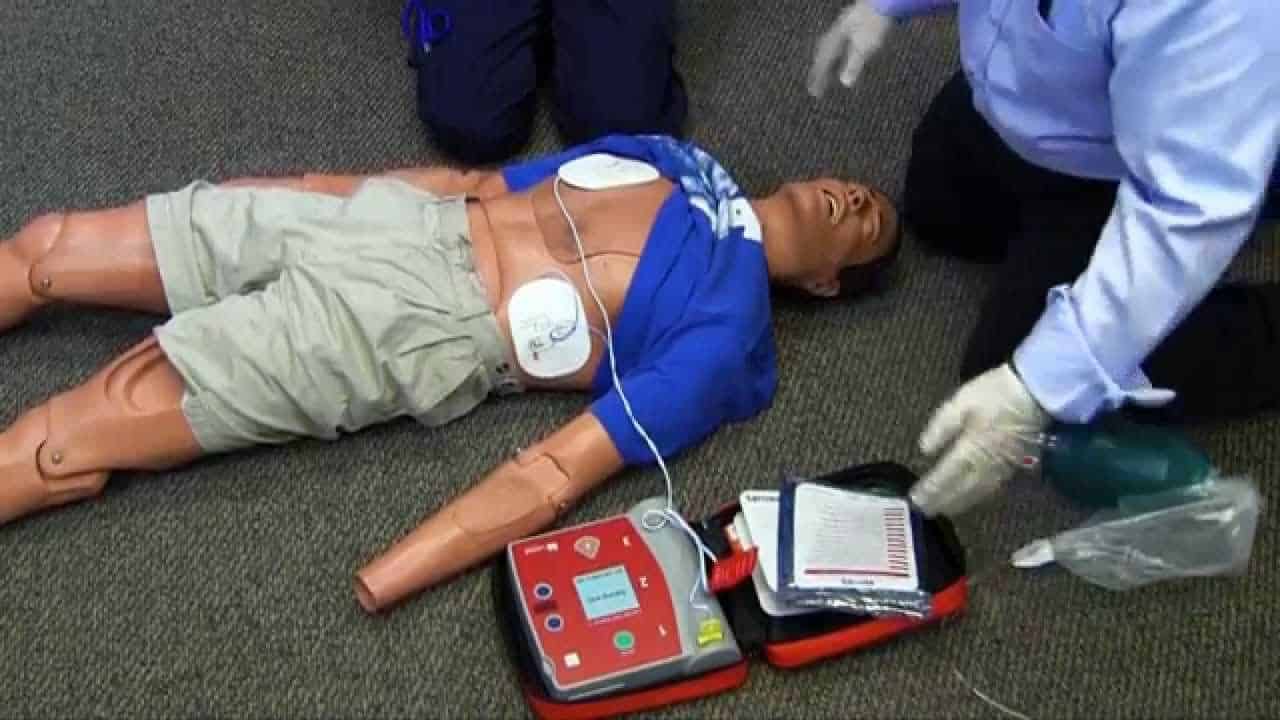
CPR Training
CPR training is essential for anyone who may be called upon to perform CPR in an emergency. Courses typically include both classroom instruction and hands-on training. They cover topics such as adult, child, and infant CPR, choking care, and AED use. The training is designed to be accessible to laypeople and healthcare professionals alike, ensuring that everyone has the skills needed to respond effectively to cardiac emergencies.
AED Training
AED training is crucial for anyone who may use an AED in an emergency. Courses cover the basics of AED operation, including how to recognize cardiac arrest, use the AED, and perform CPR. Training is often provided by experienced professionals and includes hands-on practice to ensure participants are comfortable using the device. AED training is essential for ensuring that responders can use the device correctly and effectively.
Conclusion of AED and CPR
AED and CPR are two vital tools in emergency medical response. They are easy to learn and can be performed by anyone, making them accessible to the general public. The combination of CPR and AEDs can significantly increase the chances of survival for cardiac arrest victims. By incorporating CPR and AED training into community programs and ensuring that responders are properly trained, we can reduce the death toll from cardiac arrests and save more lives.
FAQS of AED and CPR
Q1: Can anyone use an AED?
A: Yes, AEDs are designed to be used by laypeople with voice and visual instructions provided by the device.
Q2: How can I learn CPR and AED use?
A: Many organizations, such as the American Heart Association, offer CPR and AED training courses that include hands-on practice.
Q3: Where should AEDs be placed?
A: AEDs should be accessible in public places such as schools, sports venues, airports, and workplaces to ensure quick access during an emergency.
Q4: Are CPR and AED training necessary?
A: Yes, training equips people with the skills and confidence to act quickly and effectively in emergencies, potentially saving lives.
Q5: What should I do after using an AED?
A: Continue CPR until professional help arrives or the person shows signs of life, such as breathing or movement.

